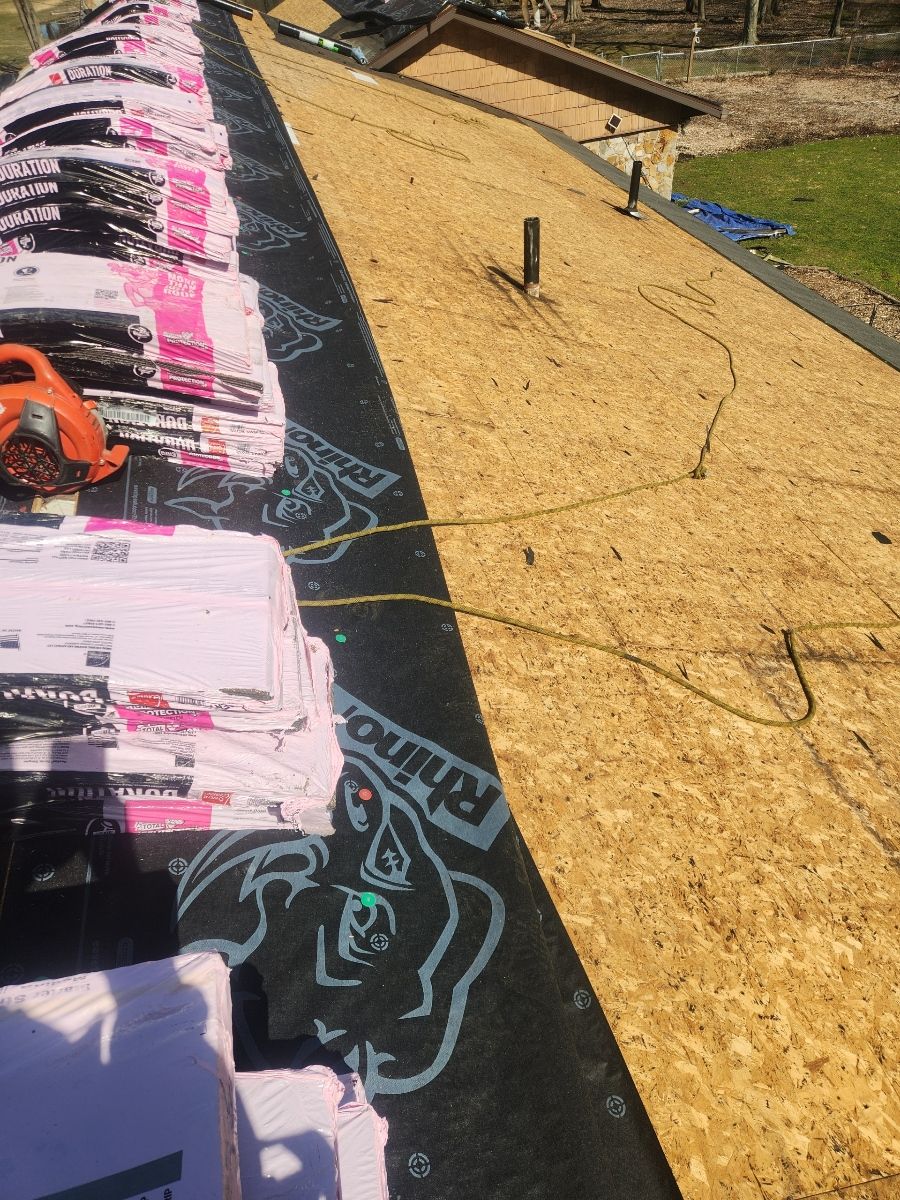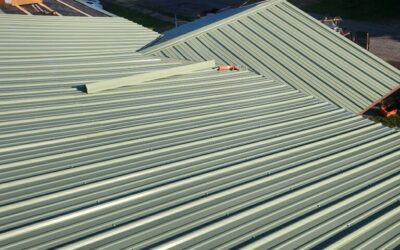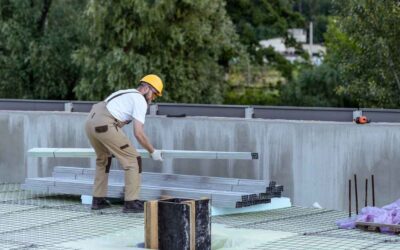Siding Over Siding: What You Need to Know Before You Install New Siding on Top of Existing Siding
When it comes to home improvement, one of the most effective ways to enhance your home’s curb appeal and overall protection is by installing new siding. The siding of your house not only plays a critical role in insulation and weather protection but also defines the aesthetic appearance of your home. However, many homeowners wonder whether they can install new siding directly over the existing siding, a process often referred to as “siding over siding.”
While this method might seem like an easier, cost-effective solution compared to completely removing the old siding, it comes with its own set of pros, cons, and important considerations. In this comprehensive blog, we’ll explore everything you need to know about installing siding over siding, including the benefits, potential drawbacks, and critical tips for making an informed decision about whether this approach is right for your home.
What Is Siding Over Siding?
Siding over siding is exactly what it sounds like: the process of installing new siding directly on top of the existing siding. This can be done with various types of siding materials, including vinyl, fiber cement, wood, or metal siding. Homeowners may opt for this solution when their current siding is still in decent condition, but they want to upgrade its appearance or improve its functionality without the hassle and expense of removing the old siding.
The method typically involves adding an extra layer of siding onto the existing one after cleaning the surface and preparing it. However, it’s important to note that siding over siding is not always the best solution for every home. There are several factors to consider before deciding whether this approach is right for you.
Why Do Homeowners Choose Siding Over Siding?
There are several reasons why homeowners might choose to install siding over the old siding instead of opting for a complete tear-off and replacement. Some of the most common reasons include:
- Cost Savings One of the biggest selling points of siding over siding is cost savings. Removing old siding can be time-consuming and labor-intensive, leading to higher costs. By installing new siding over existing siding, homeowners can avoid the expense of removing and disposing of the old siding, making it a more budget-friendly option in the short term.
- Speed of Installation Installing siding over existing siding is typically faster than doing a full replacement. Because the old siding remains intact, the installation process is quicker, which can be especially appealing for homeowners who are looking to complete the project in less time.
- Preservation of Existing Insulation In some cases, the old siding may have a layer of insulation attached, which helps with the home’s energy efficiency. Installing new siding over the old can preserve this insulation and help with temperature regulation in your home.
- Reduced Waste By leaving the old siding in place, you reduce the amount of waste generated from the project. This can be particularly beneficial if you’re looking to make an environmentally conscious decision and avoid sending materials to the landfill.
- Aesthetic Upgrade In some cases, the existing siding may be in relatively good shape but simply outdated or unattractive. Installing new siding over the old can give your home a fresh look without the need for a complete overhaul.
Types of Siding Suitable for Siding Over Siding
While most types of siding can theoretically be installed over existing siding, certain materials are better suited for this method. Here are the most common siding materials that can be installed over existing siding:
- Vinyl Siding Vinyl siding is one of the most popular choices for siding over siding. It’s lightweight, relatively easy to install, and available in a wide range of styles and colors. Vinyl siding can be installed directly over existing siding if the surface is flat and in good condition.
- Fiber Cement Siding Fiber cement siding is another popular choice for siding over siding. It’s durable, weather-resistant, and available in various finishes, including smooth, textured, and woodgrain. If you have a solid foundation for the new siding, fiber cement can work well over the old siding.
- Wood Siding Installing wood siding over old wood or vinyl siding is possible, but it requires careful attention to ensure proper ventilation and moisture control. Wood siding is heavier than vinyl or fiber cement, so it’s important to ensure that the underlying surface can support the additional weight.
- Metal Siding Metal siding, including aluminum and steel, is another option for siding over existing siding. It’s resistant to rot, durable, and provides a sleek, modern look. Metal siding can be installed over existing materials if the old siding is in good condition.
The Pros and Cons of Siding Over Siding
Before you decide to install siding over your existing siding, it’s important to weigh the benefits and drawbacks to ensure that this approach is the best choice for your home.
Pros:
- Cost-Effective As mentioned earlier, one of the primary advantages of siding over siding is the cost savings. Since you’re not removing the old siding, you can save on labor and disposal fees. This can make the overall project significantly more affordable.
- Less Disruption Siding over siding is generally quicker and less disruptive than a full tear-off. There’s no need for demolition or dealing with the mess of removing old siding, which can be particularly appealing for homeowners who want to minimize disruptions to their daily lives.
- Preserved Energy Efficiency If the old siding has insulation attached or there’s an air gap between the existing siding and the house, siding over it may improve your home’s overall energy efficiency. The additional layer of siding could add another layer of insulation, potentially lowering heating and cooling costs.
- Less Environmental Impact Installing new siding over the old can reduce the amount of waste sent to the landfill. If you’re concerned about environmental sustainability, this can be a greener option compared to completely removing the old siding.
Cons:
- Increased Weight One of the main concerns with siding over siding is the added weight. Depending on the type of siding you choose, the new layer of siding can significantly increase the weight on your home’s structure. This may put added stress on the walls, particularly if the underlying siding isn’t in top condition.
- Potential Moisture Issues If there’s any underlying moisture damage in the existing siding, covering it up with new siding can trap moisture, which can lead to rot, mold, and mildew growth. Proper inspection and preparation are critical to ensure there are no moisture issues before installing new siding.
- Reduced Longevity of the New Siding Installing siding over old siding can shorten the lifespan of the new siding. The old siding may cause moisture retention or hinder the proper installation of the new siding, which can lead to premature wear and tear.
- Limited Options for Repair If there are underlying issues with the original siding, such as rot or insect damage, siding over the old siding will not address these problems. You may be hiding issues that could get worse over time, ultimately requiring more expensive repairs down the road.
- Aesthetic Considerations Depending on the type of siding and how it’s installed, the new siding may not lay as flat or look as polished as if it had been installed on a bare surface. In some cases, the seams or edges of the new siding may be visible, which could detract from the home’s appearance.
What to Consider Before Siding Over Siding
Before you decide to proceed with siding over siding, there are several factors to take into account:
- Condition of the Existing Siding The existing siding must be in good condition before you install new siding over it. If the old siding is warped, rotted, or damaged, it may be better to remove it entirely. If there is any significant moisture damage, it should be addressed first to prevent further complications.
- Building Codes and Regulations Some municipalities have specific building codes or regulations that govern the installation of siding, including whether you can install new siding over old siding. It’s essential to check with your local building authority to ensure that siding over siding is allowed in your area.
- Ventilation Proper ventilation is critical when installing siding over existing siding. Without sufficient airflow, moisture can get trapped between the layers, leading to mold growth and rotting. Ensure that there is adequate space and airflow between the layers to prevent these issues.
- Professional Installation While DIY projects are tempting, it’s often best to hire a professional contractor to install siding over existing siding. A skilled contractor can ensure that the new siding is installed correctly, the underlying issues are addressed, and the finished product looks great and lasts for years.
Conclusion
Siding over siding can be a cost-effective and time-saving solution for homeowners looking to update their home’s exterior without the hassle of removing the old siding. However, it’s important to weigh the pros and cons carefully and take the necessary steps to ensure that the installation is done correctly. While it may work well in some cases, it may not be the best solution for every home.
Before you decide to install new siding over your existing siding, consult with a professional contractor who can assess the condition of your current siding and guide you in making the best decision. Whether you’re updating your home’s appearance or enhancing its energy efficiency, the right siding solution can provide long-term benefits and lasting value.
About S&K Construction and Remodeling LLC
S&K Construction and Remodeling LLC is a trusted contractor serving Cleveland, Ohio, and surrounding areas. We specialize in siding installation, replacement, and repairs. Whether you’re considering siding over siding or need a full replacement, our team of experts is here to help. Contact us today for a free consultation!
 (440) 307-2060
(440) 307-2060



